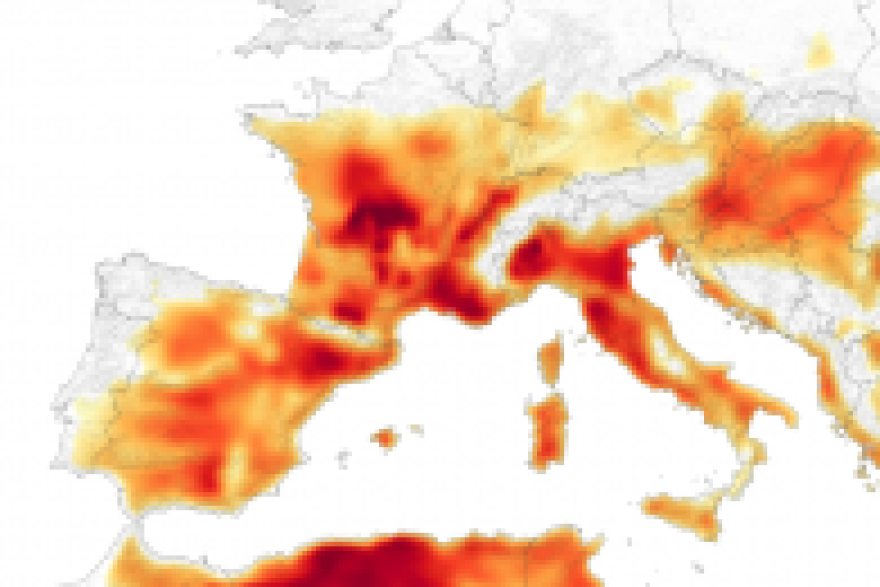Europe’s record-shattering heatwave last week contributed to the hottest June ever recorded on earth. It’s been hot in Hawai?i lately as well, although it hasn’t threatened public health. In 2003, a European heatwave killed 70-thousand people. Authorities and residents have learned lessons since then---but in Hawai‘i, how prepared are we for dangerous heat? University of Hawai?i climate expert Chip Fletcher has some answers.

Schools closed when temperatures in France went up to 114 degrees at the end of June, 2019. Experts agree that past temperature records were not just surpassed, they were “obliterated.” The terrible death toll of the 2003 heat wave, however, has not been repeated because of hard lessons learned.
Deaths during a heatwave are largely caused by power outages, according to UH scientist Chip Fletcher, author of “Climate Change: What the Science Tells Us.” Outages cut air conditioning, communication, and access, especially for the elderly.
According to Fletcher, “The skyrocketing of these numbers happens when you get a power outage and you get a lack of any place to go where there is cooling. There’s no relief. One of these characteristics of global warming is the nights are no longer cooling off like they used to. The air is hot all the time. These blackouts are the first sign that a heatwave is moving into dangerous territory.”
Fletcher points out that here in Hawai‘i, we’ve already had warnings from HECO, the electric utility for the City and County of Honolulu, that the electrical infrastructure could become overtaxed.
“Late in the afternoons of especially hot summer days, public service announcements ask us not to run our air conditioning at night. This happened in 2014, 2015, and last year in 2018.”
Heat waves, according to Fletcher, are days and nights on end with no relief from heat. Tragedies begin to occur when the power fails and air conditioning goes out in apartments, which may be on high floors, with windows that do not open, perhaps inhabited by elderly who are unable to walk down.
“Point number one is that we are not prepared for a heatwave,” says Fletcher.
He says that Hawai‘i’s emergency responders are prepared for heat stress and heat disease.
“What we aren’t prepared for is the numbers of people needing help. Going from maybe a dozen on a very hot day, and then skyrocketing into thousands of people needing medical attention.
As part of its climate change strategy, Honolulu is considering creating “Resilience Centers” which would provide electricity, air conditioning, refrigeration for medication, shelter, food, and emergency supplies in O‘ahu neighborhoods. Fletcher says as we all come to understand the challenges of climate change, we should be prepared to take more responsibility for our own safety.
In the extended interview, Fletcher describes how he was able to afford rooftop solar because of a relationship between his credit union and a local solar provider. He was able to pay down the loan with money saved on his electric bill. Once that is paid off, Fletcher says he will look into a battery wall in his garage.
Hawai‘i’s heat records are still in the low to mid 90’s, nothing like the temperatures on the European continent. But, Fletcher says, knowing about them keeps us aware of challenges and hopefully gets us talking with others about how we will meet them.




